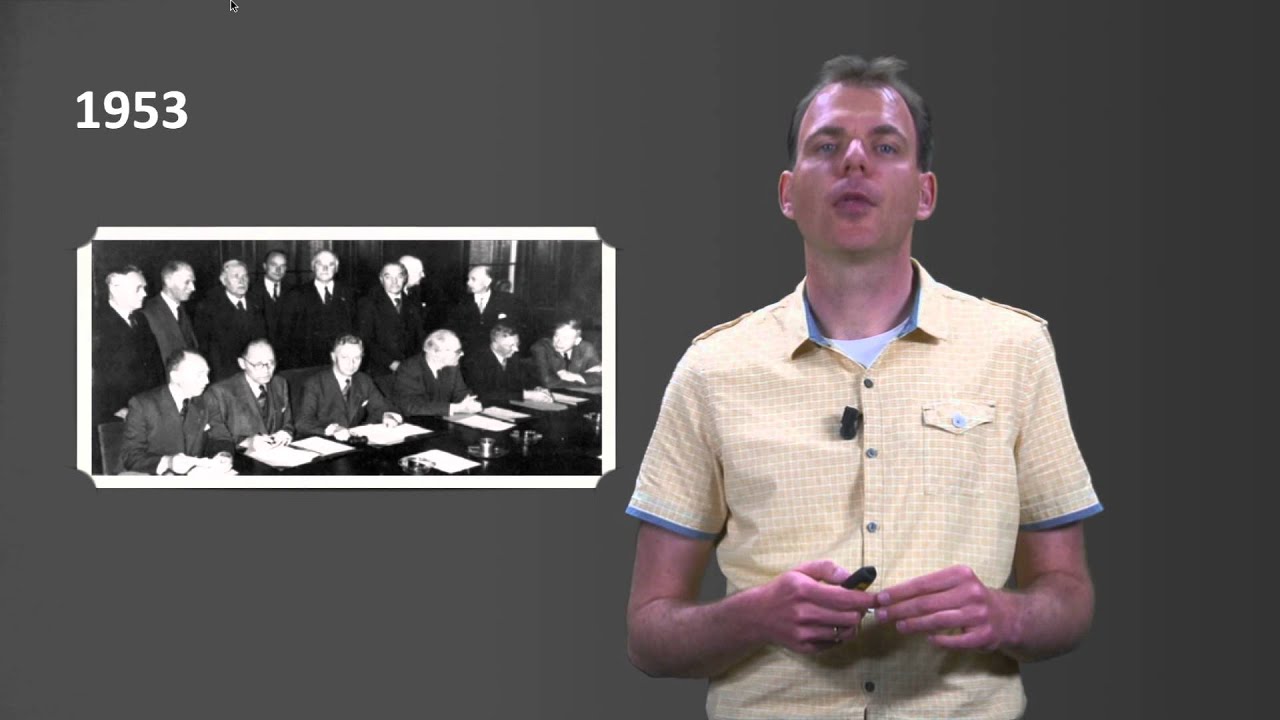Project introduction and background information
The course ‘Principles of Policy Analysis’ of the faculty Technology, Policy and Management at Delft University of Technology used to be taught via traditional lectures with the professor leading the learning experience. Recently, the course has been completely redesigned; leveraging cutting edge technology, innovative educational methodologies and extensive student input to transform students’ learning experience.
The key innovation was the involvement of students during the innovation process. A group of former students, the professor and leading educational experts collaborated together to completely redesign this course. The book for this course “Solving Complex Problems” was co-written by the course professor Alexander de Haan together with a former student, Pauline de Heer, thus effectively meeting the needs of students. Former students also play a key role in the video lectures, for example a former student explains each week’s assignment and provides helpful advice on typical challenges / mistakes. Students’ key take aways and best practices are incorporated in course videos in subsequent years. Older students also provide regular face-to-face guidance and feedback. The course is continuously improved based on students feedback and frustrations; every small obstacle is removed to provide a seamless and thoroughly rewarding learning experience where all students benefit fully from the course.
The innovation was implemented in a course of the faculty Technology, Policy and Management.
Objective and expected outcomes
The objective of redesigning the course is that first year undergraduate students take responsibility for their own education from day 1. Thereby they cultivate the critical skills that enable students to be successful throughout their undergraduate course, Masters thesis and subsequent employment. Applications are introduced on Day 1 of the course to enable students to use their knowledge in the real world immediately.
The added value of including the students in the innovation process is two-fold. Firstly, by involving the students, the innovations are much more likely to meet student needs and therefore increase the chances of a successful innovation in terms of study success and student satisfaction. Secondly, for students this is a way to develop themselves to become competent, critical and self-assured humans. They develop 21stcentury skills such as collaboration and communication, their confidence increases and they achieve a deeper understanding of the course materials.
Results and learnings
- Increased study success. Previously, the pass rate for this course was 40%. The complete redesign of the course (over the course of ten years, including other changes not described here such as creating new study materials with students, group work, clips of successful students, strong website, etc) has increased the pass rate dramatically to 93%. Furthermore, the course dropout rate has dropped significantly – last year for the first time 100% of students completed the course.
- High student satisfaction. Alexander de Haan, the professor of this course, has won several prestigious awards for his innovative teaching, including Best lecturer of Delft University of Technology (2013) and of the Technology, Policy and Management faculty (2007 and 2012) and the Education Innovation prize of the Technology, Policy and Management faculty. Student surveys show outstanding results: students on average rated the quality of the assignments 4.36 out of 5, the project 4.5 out of 5 and online videos 4.05 out of 5. Student feedback included “mr de Haan is a really nice and caring teacher”, “the interaction with the teacher is ideal”, “good organization in Blackboard”, “excellent online videos, assignments and project” and “the buildup for each week was perfect and clear”. A quote from former course student who is now working in industry: Wouter van Daal - Manager Development & Innovation at Amsterdam Schiphol International Airport: “I still use a lot of the knowledge I learned – every day I use it to understand what drives people or parties at this airport…to create a product, flying. You really have to understand what drives them to come to a solution. In this course I learned the skills to set a clear goal for a team, have good data to support the analysis and the challenge, and to assess the drivers of different people - when you do this the proper way, the rest of the project is much easier.”
- Transformed student learning experiences. Additionally, former students sharing their key takeaways and best practices in video lectures has been highly effective. For example, the professor coached one student who was experiencing challenging group dynamics to successfully lead her group (as a result her group’s performance transformed from failing to excellent grades). She then shared her best practices for successfully working together in a group on assignments in a series of videos for the following year’s students, resulting in zero group issues the following year.
- Lower workload for teacher. Leveraging innovative blended learning has enabled this course to reach more students with fewer faculty. Previously, 5 teachers and over 20 student assistants taught the course with a maximum of 140 students. Now, only 1 teacher and 16 student assistants teach the course and they are able to support up to 600-700 students. The video lectures free up the professor’s time to manage and resolve any issues that arise immediately and run the course much more efficiently.
- Involving the students in the innovation process.
- Focus on both the knowledge to be transferred during the course and on the development of competencies and skills of students.
- The exam on the course used to be essay-style and now it is a multiple-choice exam. It is questionable whether this tests the same depth of understanding of the course materials.
- Transforming a course this way does take much time, but it frees up time later on.
(This text is an adaptation of a text by Fereshteh Samsami. A full version of the original text is available upon request)/





